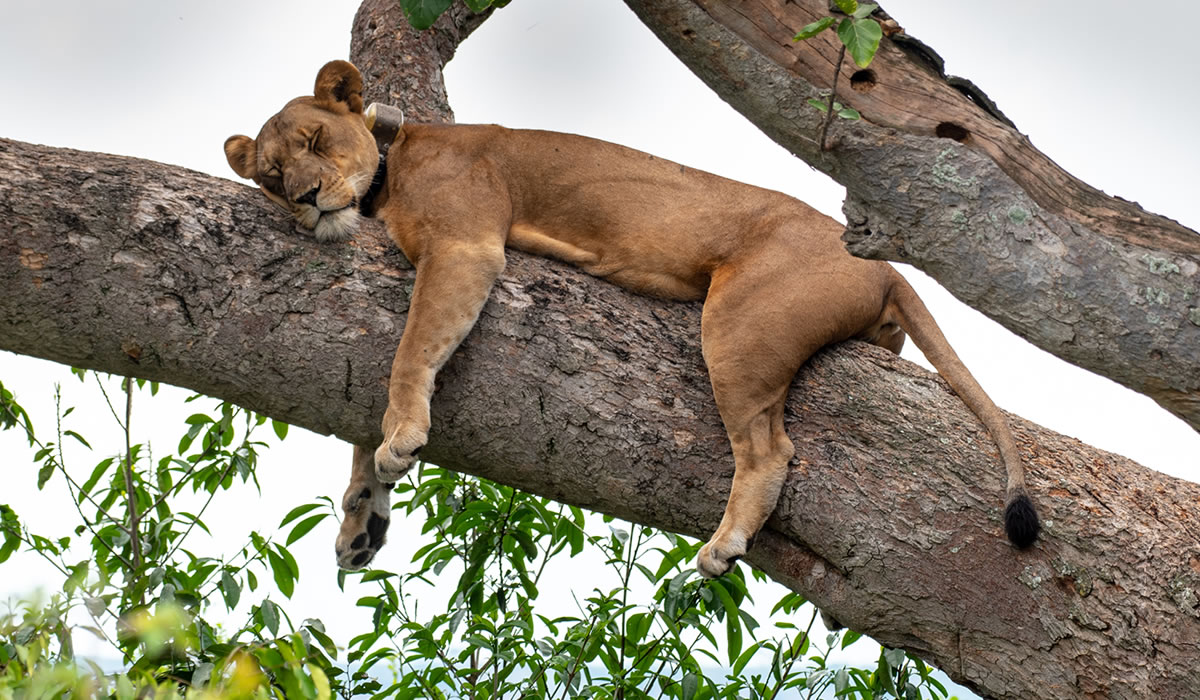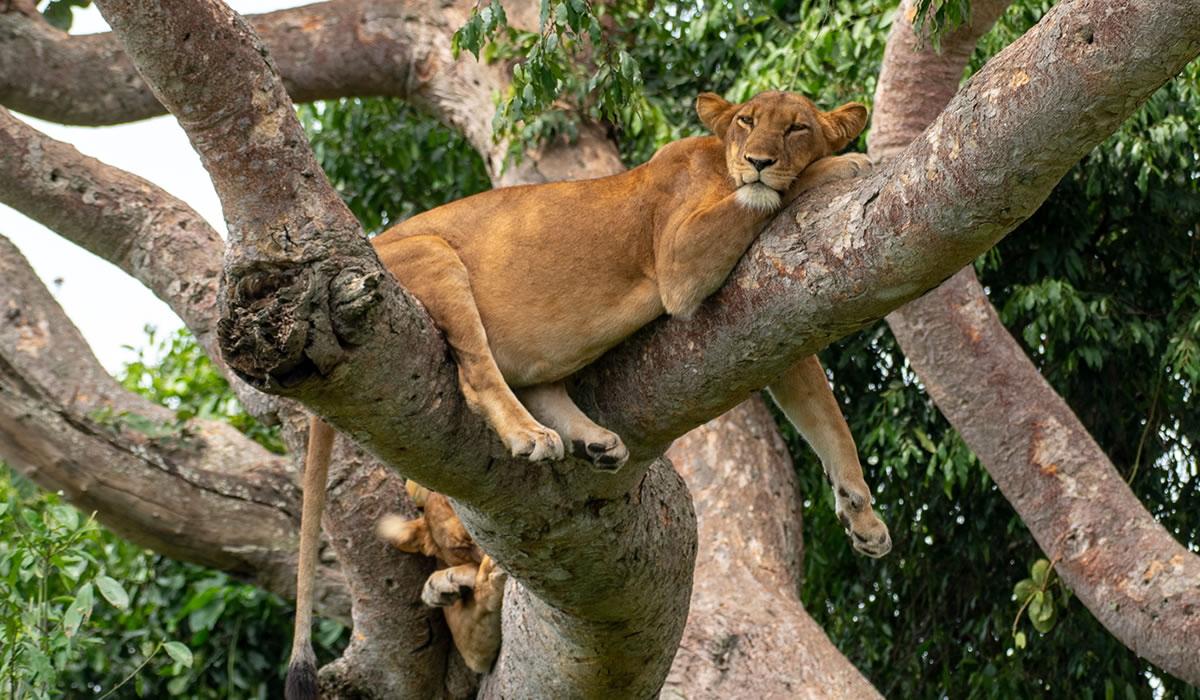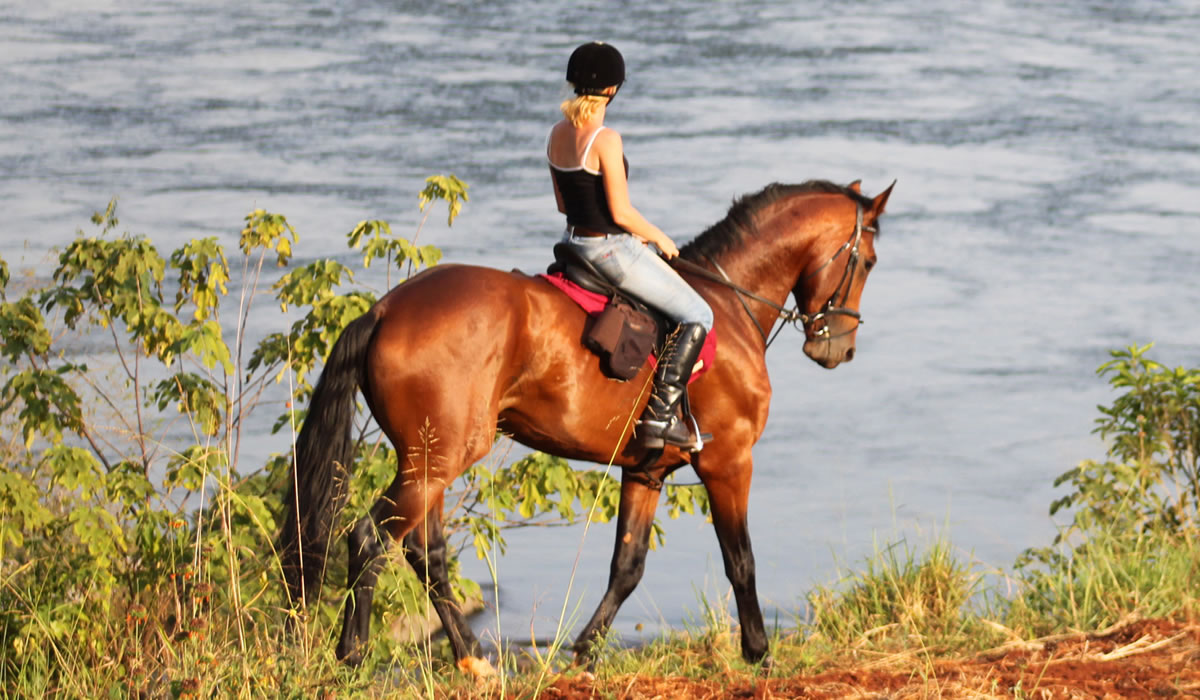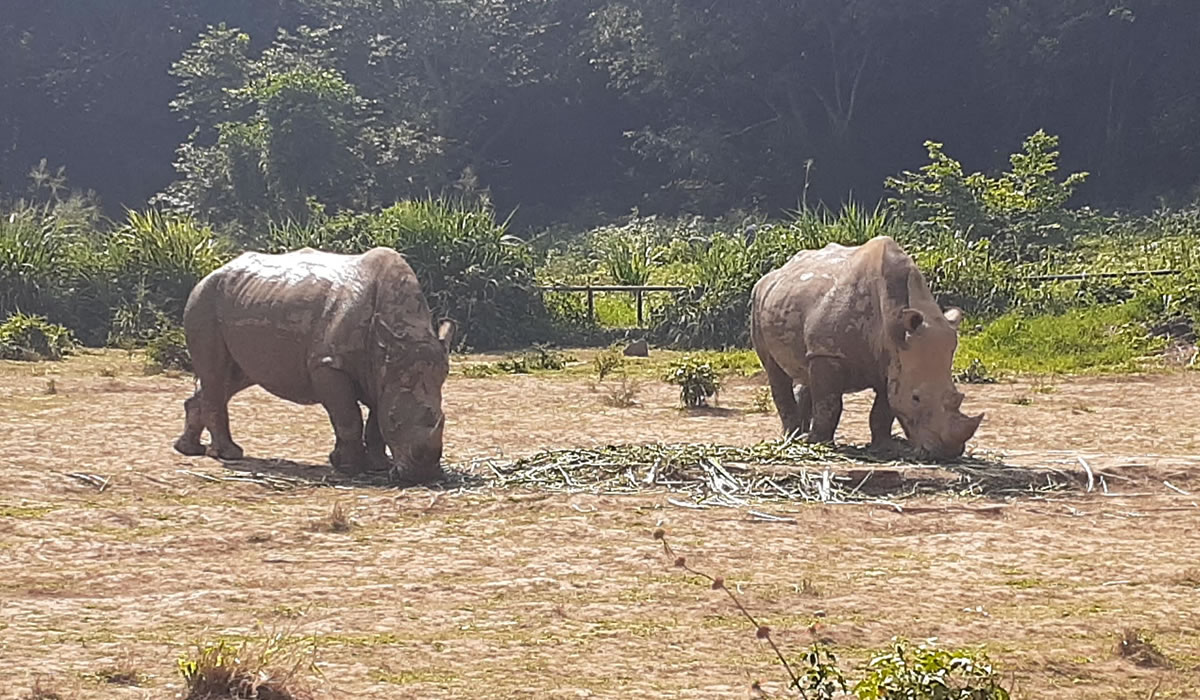Lake Mburo National Park is conveniently located close to the western high way that connects…

Ishasha sector is found in Kanungu District in the western region of Uganda located at the border point of Uganda –DRC. It is inset 350 meters from the Ishasha River and is 1.3 kms from the town of Ishasha across the river in DRC. It is located in the southern circuit of Queen Elizabeth National Park which is not only the most liked park but also the most visited national park within Uganda.
The Ishasha sector within Queen Elizabeth National Park is habitat to the internationally renowned tree climbing lions which are so rare and very unique in this place.
Most visitors that go to Queen Elizabeth National Park normally visit the mweya sector of the park with fewer ventures to the southern part where the splendid Ishasha sector is located which is approximately two hours drive.
Tree climbing lions are the exceptional attraction in this sector however there is a great diversity of wildlife, Ishasha has got about 3 prides of lions with an estimate of over 40 lions in total
Recently Ishasha sector has got frequent visits compared to the other parts of the park unlike in the past and there is no doubt Ishasha sector is now the most memorable destination in Africa.

ACCESS:
– Most visitors go to Ishasha after visiting Bwindi via Kihihi and the access route is fair and reliable.
– It is 7-8 hours drive from Kampala
– It is 3 hours drive from Ishasha to Mweya [about 123km]
– From Buhoma to Ishasha sector is 2 hours drive [about 90km]
TREE CLIMBING LIONS:
These rare species of wild life are indeed not common and the fact is throughout the entire world there are only two places where you can find these populations of tree climbing lions, one being in Lake Manyara National Park [Tanzania] and the other being Ishasha sector in Queen Elizabeth National Park [Uganda].
Truthfully, it is a breath taking experience seeing the king of the jungle lazily resting on the branches of the trees preferably fig and acacia trees.
Uganda kob is however the major food for these lions, the Uganda kob normally grazes in the plains of Ishasha sector.
Many theories have developed around the tree climbing lions where some people say it is simply the ingrained cultural preference whereas others say the lions climb trees to avoid insects for instance Tsetse flies stinging them while on the ground.
Tree climbing is not only the unique thing about these lions in Ishasha but also their males having black manes.
While on a game drive, it is much easier to catch a glance at the tree climbing lions which is a rare opportunity in a lifetime. They are usually spotted in the sycamore trees and trust me you would not want to miss out on such an amazing sight while on your safari to Uganda.

OTHER ATTRACTIONS:
1. WILDLIFE
Like I said earlier there is indeed a great diversity of wild life alongside the tree climbing lions. You would meet large herds of elephants, buffalos, antelopes, Uganda kobs, waterbucks, warthogs and many others.
The tour guide/operator will help visitors in spotting these animals and explain their characters.
2. THE CRATER LAKES
The crater lakes in Queen Elizabeth National Park are among the top attractions that is worth a visit.
These include;
Lake Katwe well known for salt mining
Lake Munyanyange known for migratory flamingoes
Lake Bunyampaka where recently salt mining also started
3. ABOAT CRUISE AT KAZINGA CHANNEL
This is also the most preferred activity by the tourists. Kazinga channel connects Lake Edward and Lake George and this makes it unique in its own way. More so there are fishing activities taking place around this area which gives a great experience to the revelers.
ACCOMODATION:
There are quite number of accommodation and lodging facilities where the visitors would relax and have quality time in Ishasha sector and Queen Elizabeth National Park.
These include; ishasha wilderness camp, marifiki safari lodge, mweya safari lodge, ihamba lakeside and many others. The services offered in these places range from luxury to low budget.
WHEN TO VISIT?
The best time is the dry season between June and September, the grass is short during this time and this makes it easy to spot wildlife while grazing and most likely you would see the predators hunting.





